The 5 States With the Best Savings Rates -- and the 5 With the Worst
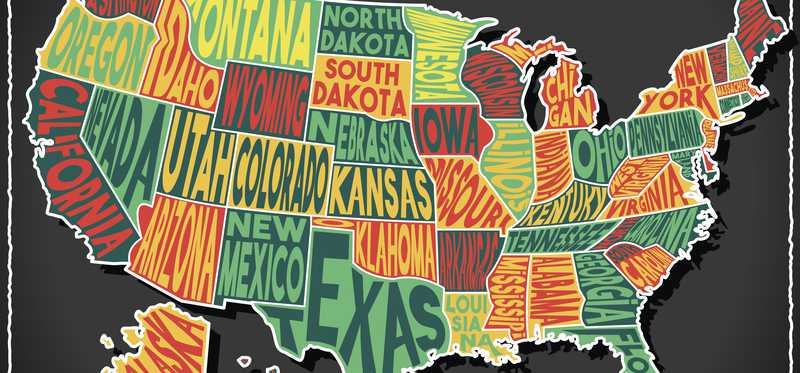
The 5 States With the Best Savings Rates -- and the 5 With the Worst
Some are saving better than others -- but nearly all are behind.
When it comes to how much money Americans have socked away for retirement and other financial needs, no matter what survey results you review, the bottom line is always that millions have not saved anywhere near enough.
A recent survey by GOBankingRates.com found that a whopping 57% of respondents have less than $1,000 socked away, while an even more distressing 39% have savings balances of $0. (A difference of $1,000 might not seem like much, but it can mean the difference between, say, being able to fix a car and get to work and not being able to.)
The survey also broke down its data for each of the 50 states. Click through the following pages for a look at how savers are doing in 10 states, ranked by the percentage of residents who have no savings and, in the case of ties, by the percentage with savings below $1,000.
Previous
Next

1. Kansas
Kansas is at the top of the list, with only 40% of respondents having less than $1,000 saved and only 27% with nothing saved. Still, that's more than a quarter of its people with nothing in the bank -- a dangerous situation.
Why is Kansas in such (relatively) good shape? Well, it helps that its median home value was recently $135,197 -- well below the national median of $213,146. It also helps that its cost of living is relatively low, with the value of a dollar there recently estimated to be worth about $1.11 relative to the rest of the nation.
Previous
Next
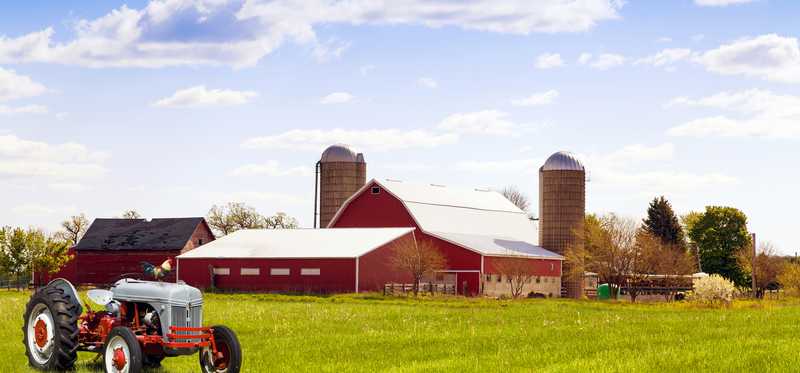
2. Iowa
Iowa is another relative standout when it comes to savings, with 55% of its survey respondents having less than $1,000 in savings and 30% having absolutely nothing. Like Kansas, Iowa's median home value is quite low, recently at$136,860, well below the national median of $213,146. The value of a dollar in the state was recently pegged at $1.11, meaning residents get more bang for their buck.
Per Sperling.com's cost-of-living index, Iowa's cost of living is 87.50 -- significantly below the national average of 100. Iowans pay significantly less than average Americans on housing and utilities.
ALSO READ: These 5 States Get the Best Bang for Their Buck From Federal Taxes
Previous
Next
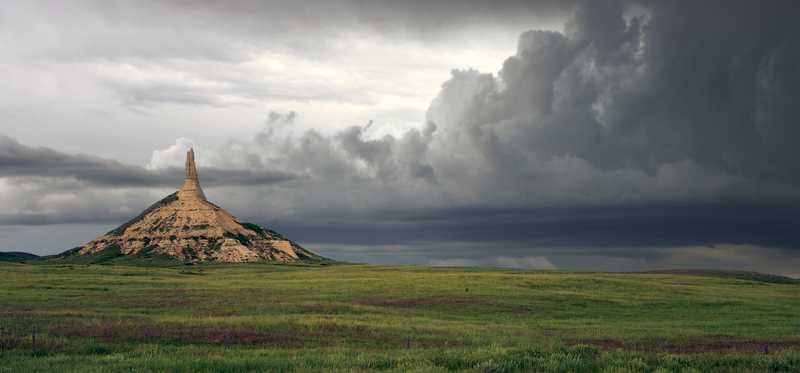
3. Nebraska
If you're noticing a trend among the top three states when it comes to spending, you're not imagining it: All three are heavily agricultural Midwestern states with low costs of living. More than half -- 55% -- of Nebraska survey respondents have less than $1,000 in savings, while 30% have no savings at all.
It helps that Nebraskans aren't, in general, spending a lot on rent or mortgage payments. The median home value in Nebraska was recently $155,297. The value of a dollar, meanwhile has been estimated at $1.10.
Previous
Next
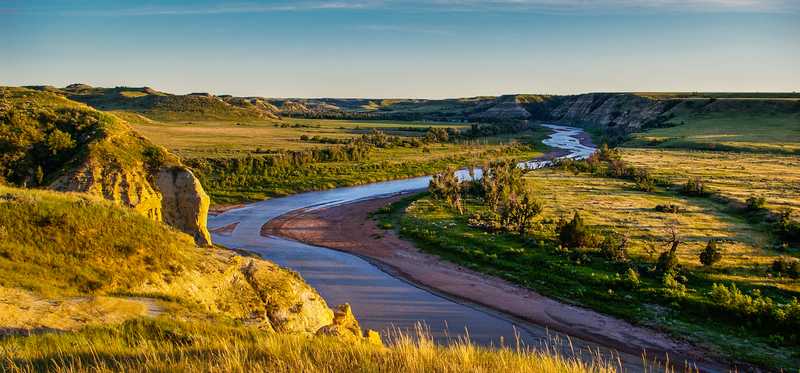
4. North Dakota
North Dakota is the fourth-best among the 50 states, with 43% of its survey respondents having less than $1,000 in savings and 32% having no savings. The value of a dollar in North Dakota is estimated at $1.08, partly due to the fact that utilities and transportation cost significantly less there than the national average. The median home value was recently $199,060 -- a good $14,000 below the national average -- and North Dakota's total state and local taxes are below the national average, too.
Previous
Next
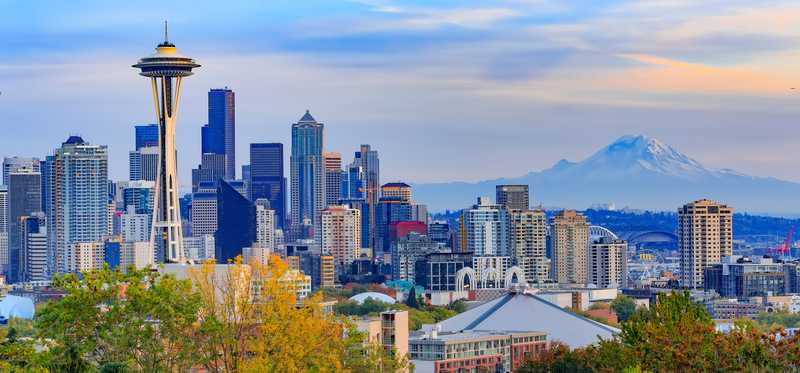
5. Washington
The fifth-best state for savings is Washington, though it, too, still has far too many living on the financial edge. Some 32% of its survey respondents had $0 in the bank, while 45% had less than $1,000 socked away.
It would be reasonable to expect Washingtonians to do worse, as the value of a dollar there was recently estimated at just $0.95, and Sperling.com pegs its cost-of-living index at 120.5, well above the national average of 100.
Washingtonians' housing costs are also far above the national average, with the median home value recently at $367,769. Healthcare costs and state and local taxes are also above average.
The high average income in the state -- particularly in the Seattle area, which is home to high-paying tech companies including Microsoft and Amazon -- may explain why Washingtonians have above-average savings.
Previous
Next
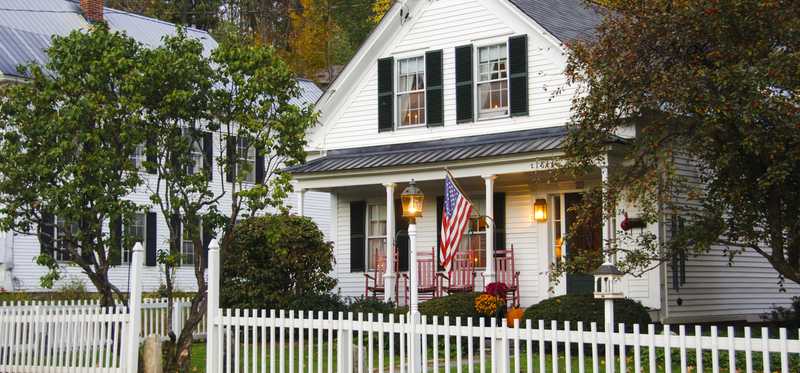
46. New Hampshire
Now we come to the five states with the lowest savings rates, and New Hampshire ranks fifth from the bottom. Fully 46% of its survey respondents reported having no savings at all, while 62% had less than $1,000. Housing costs are partly to blame, with the median home value in New Hampshire recently at $261,106.
New Hampshire's cost-of-living index is 117.9, well above the national norm of 100 for the nation. Along with housing costs, utilities and healthcare costs are significantly above average.
Previous
Next
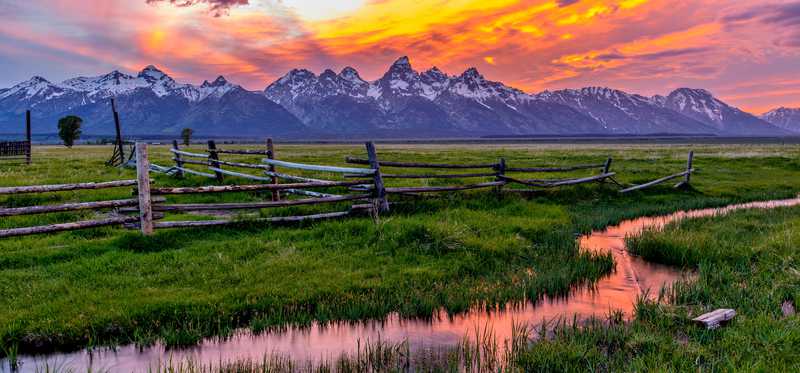
47. Wyoming
Wyoming is the fourth-worst among states when it comes to having meager savings: 47% of its survey respondents had no money saved, and 62% had less than $1,000. Income is not the problem here, as its median household income was $59,882 in 2016, topping the national median of $57,617. The state's median home value, meanwhile, is just about level with the national median -- $211,521 versus $213,146, respectively.
The state's cost of living is about average, too, at 99.8, roughly on par with 100 for the nation. State and local taxes are well below the national average as well, as are utilities and transportation costs.
Previous
Next

48. New Mexico
New Mexico is third-worst when it comes to savings, with 47% of its survey respondents having saved $0 and 64% having socked away less than $1,000. That's despite the fact that New Mexico's cost-of-living index is 94.5. Meanwhile, housing prices are well below average: The median home value in New Mexico was recently $178,208, about 16% below the national median of $213,146.
One of the reasons for New Mexico's low savings rate is its generally low income level. Median household income there was $46,748 in 2016, well below the national average of $57,617.
ALSO READ: Is Your Income Keeping Pace With the Average American?
Previous
Next
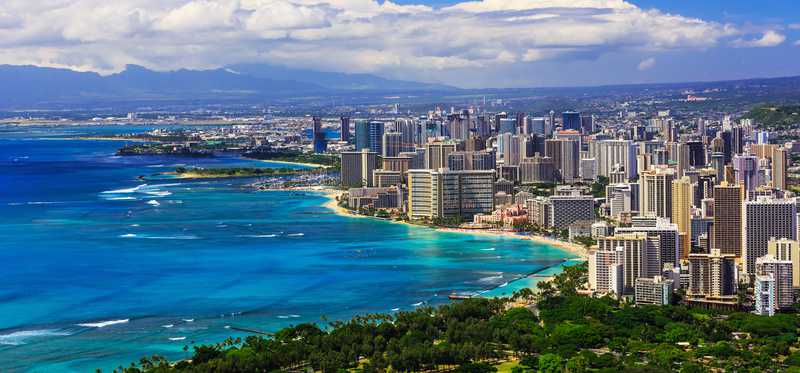
49. Hawaii
About 47% of the Aloha State's residents have no savings, while 66% have less than $1,000 in the bank. Hawaii's low ranking might be expected, given its astronomical cost-of-living index of 186.5. Housing is a key contributor there: The state's median home value was recently a whopping $601,369 -- nearly three times the national median. Groceries also cost much more, on average, in Hawaii than they do in the continental 48 states -- largely because many items have to be transported long distances to the chain of islands. Utilities cost far more than the national average, and even healthcare costs exceed the norm. Clearly, the state's natural beauty and sunny weather come at a cost.
Previous
Next

50. Massachusetts
At the bottom of the list is the sixth state of the union, where about 48% of survey respondents -- nearly half! -- have no savings at all, while 61% have less than $1,000 in savings. The biggest reason is likely the cost of housing, as the median home value in Massachusetts was recently $393,101 -- a whopping 84% above the national median of $213,146.
The cost of living in Massachusetts, per the folks at Sperling.com, was recently 38% above the national average, with every major cost category above the norm. Even the state's state and local taxes are above average, making it hard for residents to set aside money.
Even the best-ranked states below have a lot of people who are not doing well financially. No matter what your financial health is, know that you can improve it. There are lots of ways to save small sums that add up to large amounts and set yourself up for a better retirement.
ALSO READ: 3 Smart Retirement Savings Moves You Can Make Right Now
Previous
Next
Invest Smarter with The Motley Fool
Join Over Half a Million Premium Members Receiving…
- New Stock Picks Each Month
- Detailed Analysis of Companies
- Model Portfolios
- Live Streaming During Market Hours
- And Much More
READ MORE
HOW THE MOTLEY FOOL CAN HELP YOU
-
Premium Investing Guidance
Market beating stocks from our award-winning service
-
The Daily Upside Newsletter
Investment news and high-quality insights delivered straight to your inbox
-
Get Started Investing
You can do it. Successful investing in just a few steps
-
Win at Retirement
Secrets and strategies for the post-work life you want.
-
Find a Broker
Find the right brokerage account for you.
-
Listen to our Podcasts
Hear our experts take on stocks, the market, and how to invest.
Premium Investing Services
Invest better with The Motley Fool. Get stock recommendations, portfolio guidance, and more from The Motley Fool's premium services.